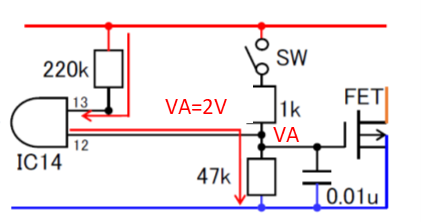Hi support team.
I have asked a question from my customer regarding input leakage current at Vcc=0V, Ta=-25℃.
My customer made sure the large leakage current (about 43uA) under using pulled-up with 220K and pulled down with 47K at Vcc=0V, Ta=-25℃.
Is this result correct?
Please refer to the following figure.

I can find the input current specification at Vcc=3.6V but not under any other condition.
Could you please provide the specification regarding a input leak current at VCC=0V?
Best regards,
Higa


